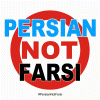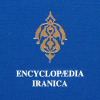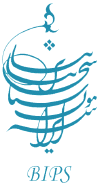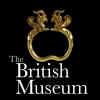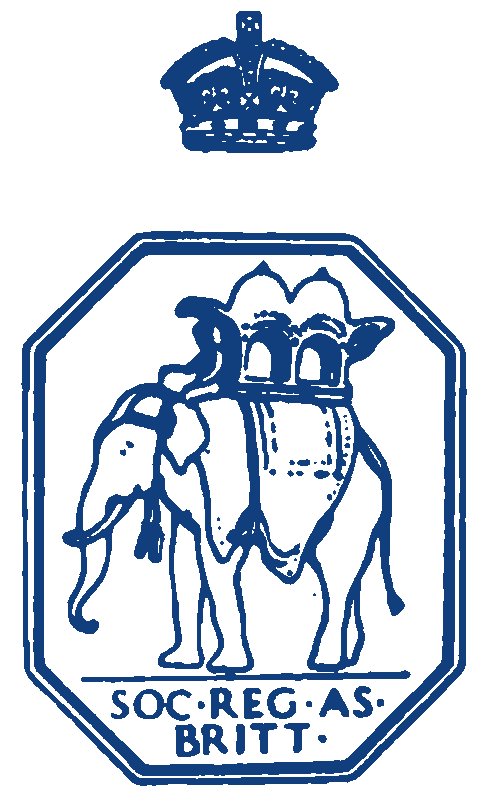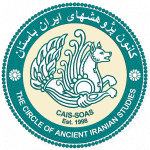
![]()
CAIS
The Circle of Ancient Iranian Studies
Follow us on

|
.CAIS NEWS© ARCHAEOLOGICAL & CULTURAL NEWS OF THE IRANIAN WORLD |
|
Middle-Asia Digs Suggest a New View of the Dawn of Civilization
|
|
06 August 2007 |
 |
|
Mainland Iran and Persian Gulf
|
LONDON, (CAIS) -- For decades, school children have learned that human civilization emerged about 5000 years ago along the Euphrates River in Mesopotamia, along the Nile, and along the Indus River. But archaeologists working in a broad arc from the Russian steppes through Iran and onto the Persian Gulf and Arabian Peninsula are finding evidence that a complex network of cities may have thrived across the region in roughly the same era, suggesting a dramatic new view of the emergence of human civilization.
In a feature in the 3 August issue of Science, news writer Andrew Lawler details the discoveries by teams of researchers and the emerging multinational effort to piece together the array of new evidence into a unified understanding.
Though their efforts are at an early stage, Lawler writes, many of the archaeologists say the finds are rewriting historical understanding of human civilization by offering "a far more complex picture in which dozens of urban centers thrived between Mesopotamia and the Indus, trading commodities and, possibly, adopting each other's technologies, architectures, and ideas.
"While Mesopotamia is still the cradle of civilization in the sense that urban evolution began there," Lawler added in an interview, "we now know that the area between Mesopotamia and India spawned a host of cities and cultures between 3000 B.C.E. and 2000 B.C.E."
Evidence to support the new view was discussed and explored last month by scientists from more than a dozen countries—including Russia, Iran, Italy, France, and the United States—at a meeting of the International Association for the Study of Early Civilizations in the Middle Asian Intercultural Space in Ravenna, Italy. Lawler was the only journalist present.
Archaeologists shared findings from dozens of urban centers of approximately the same age that existed between Mesopotamia and the Indus River valley in modern day India and Pakistan. The "most dramatic evidence," Lawler reports, comes from area in southeastern Iran, near the Halil River and south of the modern city of Jiroft, where a team led by Yousef Madjidzadeh has uncovered the remains of a large and wealthy city.
"The ancient city in the mid- to late 3rd millennium B.C.E. covered more than 2 square kilometers, dominated by a large citadel flanked by a massive stepped platform to the north," the story says. "A room excavated last year in the citadel includes a 2-meter-high brick human torso, ochre paint still clinging to the surface. The sculpture, says Madjidzadeh, is the largest of its kind from that era."
Cemeteries in the area have been looted, but still, Lawler said, they demonstrate the affluence of the ancient residents. "Madjidzadeh found one large tomb cut into limestone that appeared untouched since it was robbed in antiquity," he wrote. "A stairway leads down to a chamber containing eight burial areas; scattered throughout were 600 carnelian beads and other precious materials." At a nearby dump left by looters, researchers "found 1200 small lapis and turquoise beads, pieces of 40 or more chlorite vessels, and 40 to 50 copper vessels—at least one with ornate embossing."
In addition, the robbers' holes at the site unearthed the remains of other pottery dating to 4000 B.C.E.
At a second site, northeast of Jiroft, researchers have found the remains of "a bustling metropolis between 2550 and 2400 B.C.E., as large as 150 hectares and with at least 380 smaller sites in the surrounding region." Evidence suggests the as far back as 3000 B.C.E., the city benefited from long-distance trade. "Artifacts from that era include lapis from Afghanistan, shells from the Pakistan coast, vessels imported from the Indus, and game boards in the style of those found in Ur," Lawler said.
|
|
|
Hassan Fazeli-Nashal i |
The researchers see evidence of far-flung trade networks for merchandise and ideas: Copper from Oman has been found in Mesopotamia and perhaps in the Indus region; Omani pots have been found in Central Asia. At Gonur in Turkmenistan, the researchers have found seals from Mesopotamia and the Indus region, along with some Iranian goods. And some evidence suggests that carts drawn by bullocks and camels may have been used to facilitate trade as early as the middle of the 3rd millennium BCE. And from Mesopotamia east to the Indus, archaeologists have found massive ceremonial platforms with some common characteristics.
In a sidebar to the story, Lawler profiles Hassan Fazeli-Nashali, the new chief of the Archaeology Research Center in Tehran who hopes to transform Iranian archaeology. "My main objective is to forge a link between Iranian and foreign universities," Fazeli-Nashali told Lawler. "At the University of Tehran, we began a Tehran plain project in 2003 with cooperation among Leicester, Bradford, and Durham universities [in the U.K.] We also have a project to examine the process of urbanization in the Zagros Mountains, which involves the universities of Reading, London, Tehran, and Hamadan.
"Our country stands to benefit from cooperation, so I want to encourage people to come to Iran... . [T]his is not the age for archaeology to be political."
|
Extracted From/Source*: American Association for the Advancement of Science
*Please
note
the above-news is NOT a "copy & paste" version from
the mentioned-source. The news/article above has been modified with
the following interventions by CAIS:
Spelling corrections; -Rectification and correction of
the historical facts and data; - Providing additional historical
information within the text; -Removing
any unnecessary, irrelevant & repetitive information.
All these measures have been taken in order to ensure that the published news provided by CAIS is coherent, transparent, accurate and suitable for academics and cultural enthusiasts who visit the CAIS website.
|
<meta name="verify-v1" content="Kb4N15t1UVWj7aEXtMAMsR2vpb1WAyOpb5tfwsdcn1w=" />
|
|
|
Persian NOT Farsi
Encyclopaedia Iranica The British Institute of Persian Studies The British Museum The Royal Asiatic Society of Great Britain and Ireland
|






